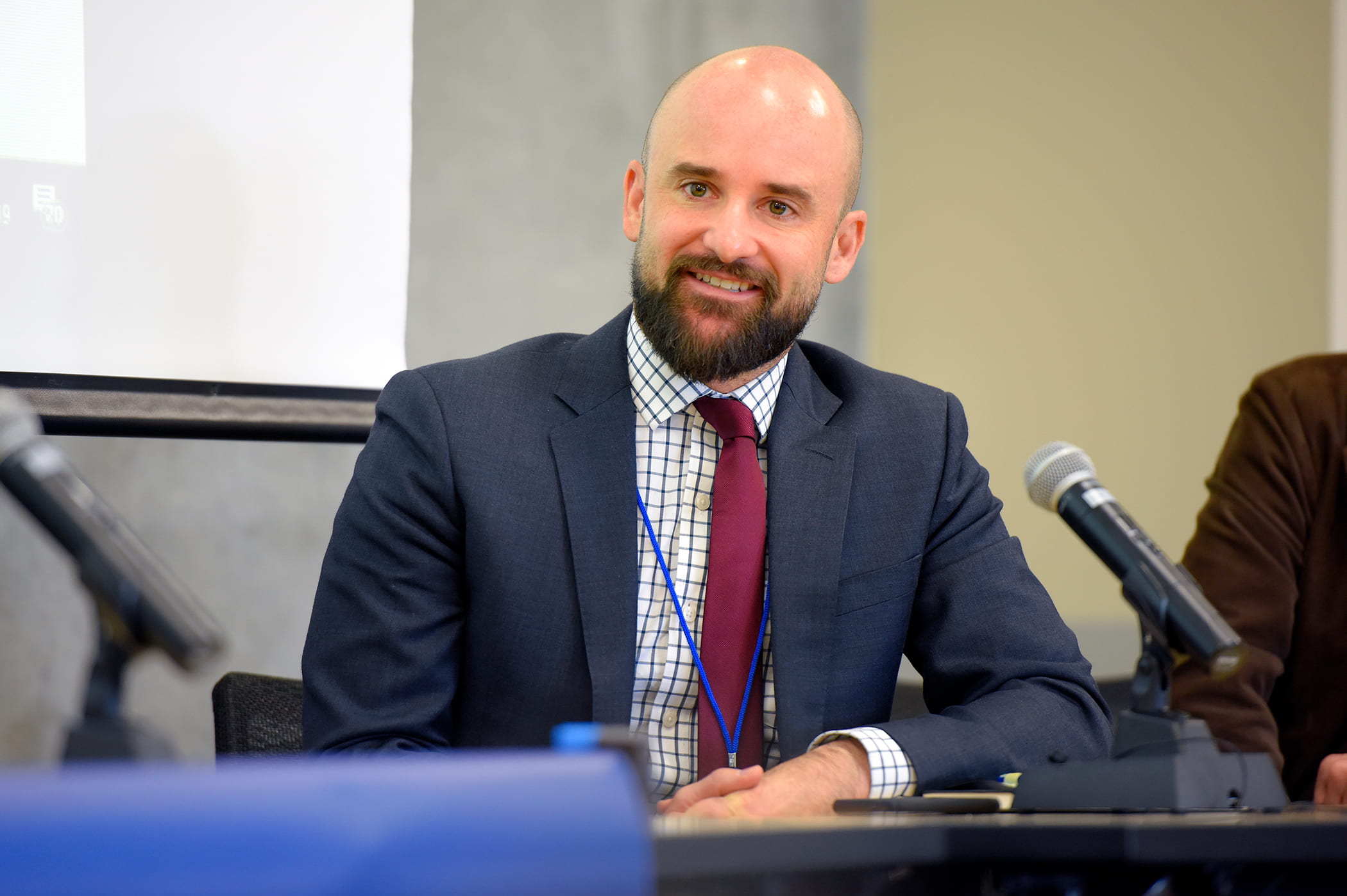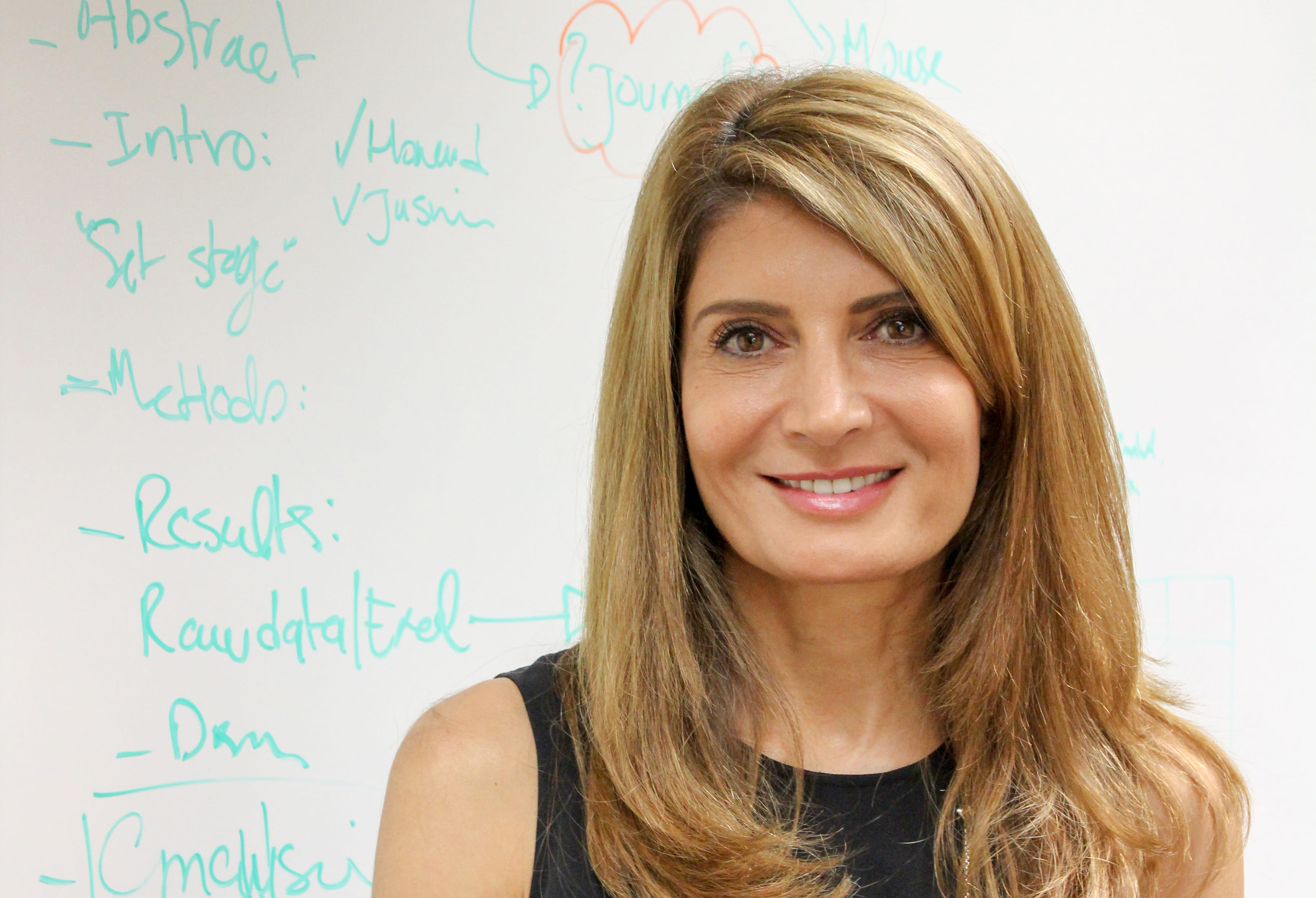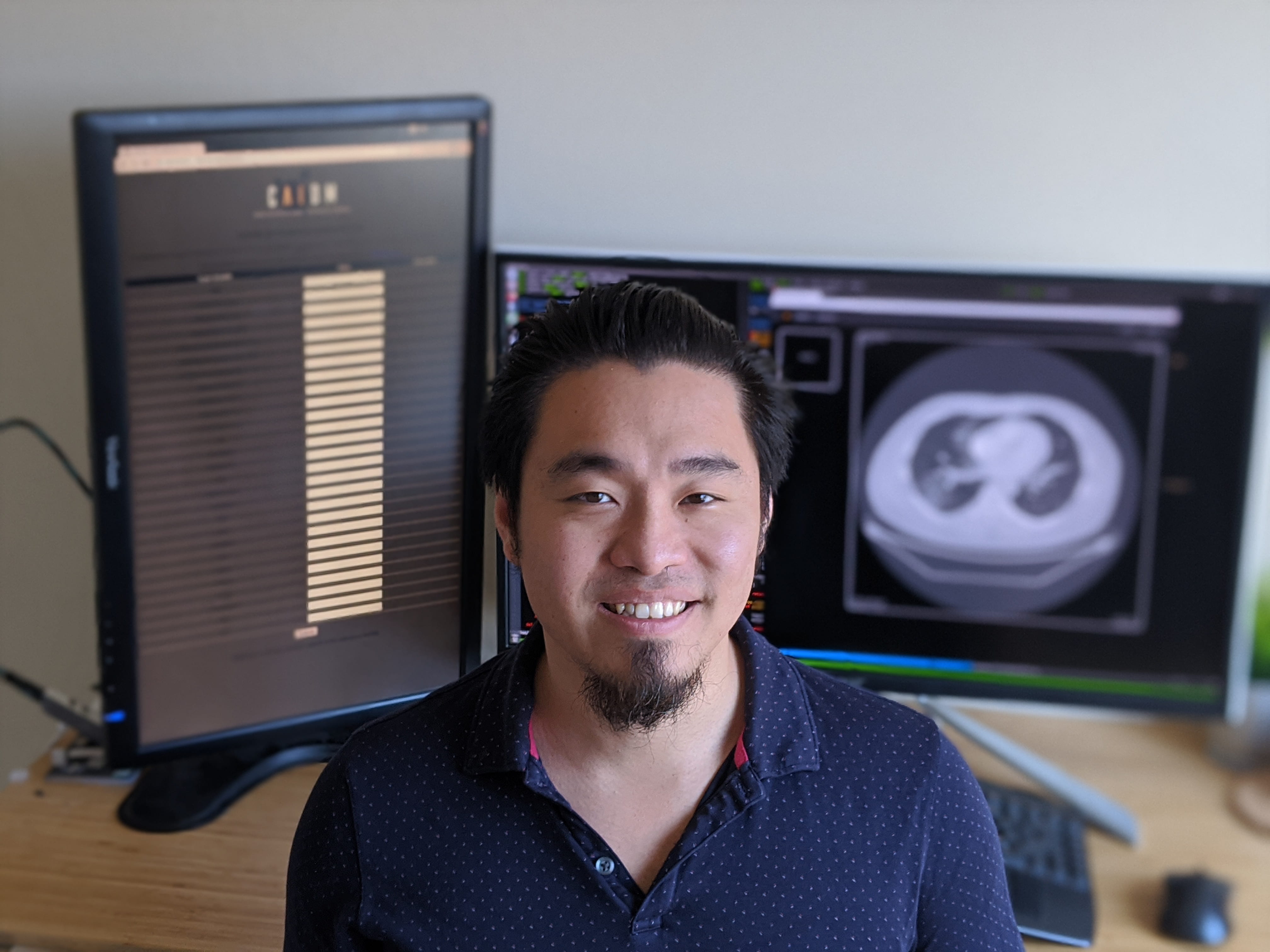Bringing hope and health to Duroville
A dusty trailer-home park near the Salton Sea may seem like an unconventional venue for medical education, but to a group of UC Irvine students, it’s ideal.
At Duroville — a 40-acre tract in the Coachella Valley that’s home to some 4,000 mostly Latino farmworkers and laborers — they’re providing essential healthcare to an impoverished community while gaining real-life experience.
“This is my mission,” says Tatianne Velo, a third-year student. “This is why I’m going to medical school.”
Duroville is a California few ever see. Officially, it doesn’t even exist. A shantytown erected on the Torres Martinez Desert Cahuilla Indian Reservation, it’s named after the landowner, Harvey Duro.
Here, an open body of water serves as a sewage lagoon, and children play on a dioxin-contaminated landfill. Most residents speak only Spanish or the native language Mixtec and work all day in the blast-furnace heat of the desert. Injury and illness are often overlooked if a day’s pay is at stake. Few have health insurance.
Reading newspaper reports about their plight last year, Dr. Alberto Manetta, who directs the UCI School of Medicine’s Office of Diversity & Community Engagement, saw an opportunity for his students to witness the health impact of poverty up close while doing some good.
With a seed grant from the Marguerite Casey Foundation, he and a group of student volunteers set up a medical assessment program to identify some critical and cost-effective interventions, such as vaccinations, nutritional education, clean water and dental care.
“We’re taking vital steps toward bringing much-needed healthcare to this underserved community,” says second-year student Anna Fellmann. “Seeing their homes and how they live shows us what’s important to them. It’s how I think medicine should be.”.
Between classes and clinical rotations, students periodically make the three-hour drive from UCI to Duroville. Many are enrolled in the Program in Medical Education for the Latino Community (PRIME-LC), intended to produce culturally sensitive and medically competent physician-leaders who can address the healthcare issues facing California’s largest population.
Some, like first-year medical student Manuel Cortes, whose hometown is Morelia, Mexico, have more personal reasons to be involved with Duroville. “I’m from a poor community like this, and I want to help,” he says.
Already, Manetta and the students have given free medical exams, in which they found numerous cases of untreated high blood pressure, infection and diabetes. They held a seminar on good nutrition for the promotoras — residents who educate others. And they’re working to establish a Duroville day care center; Wells Fargo Bank has donated two portable trailers for that purpose.
Fellmann expects the Duroville project to grow as she and her fellow students learn more about the place.
“We’re just starting,” she says. “This effort adds so much to our medical school experience, and it’s an honor to have a hands-on opportunity to improve the health of a community. We can get things done here, and that feels good.”
Originally published in Zotzine Vol. 2, Iss. 5


